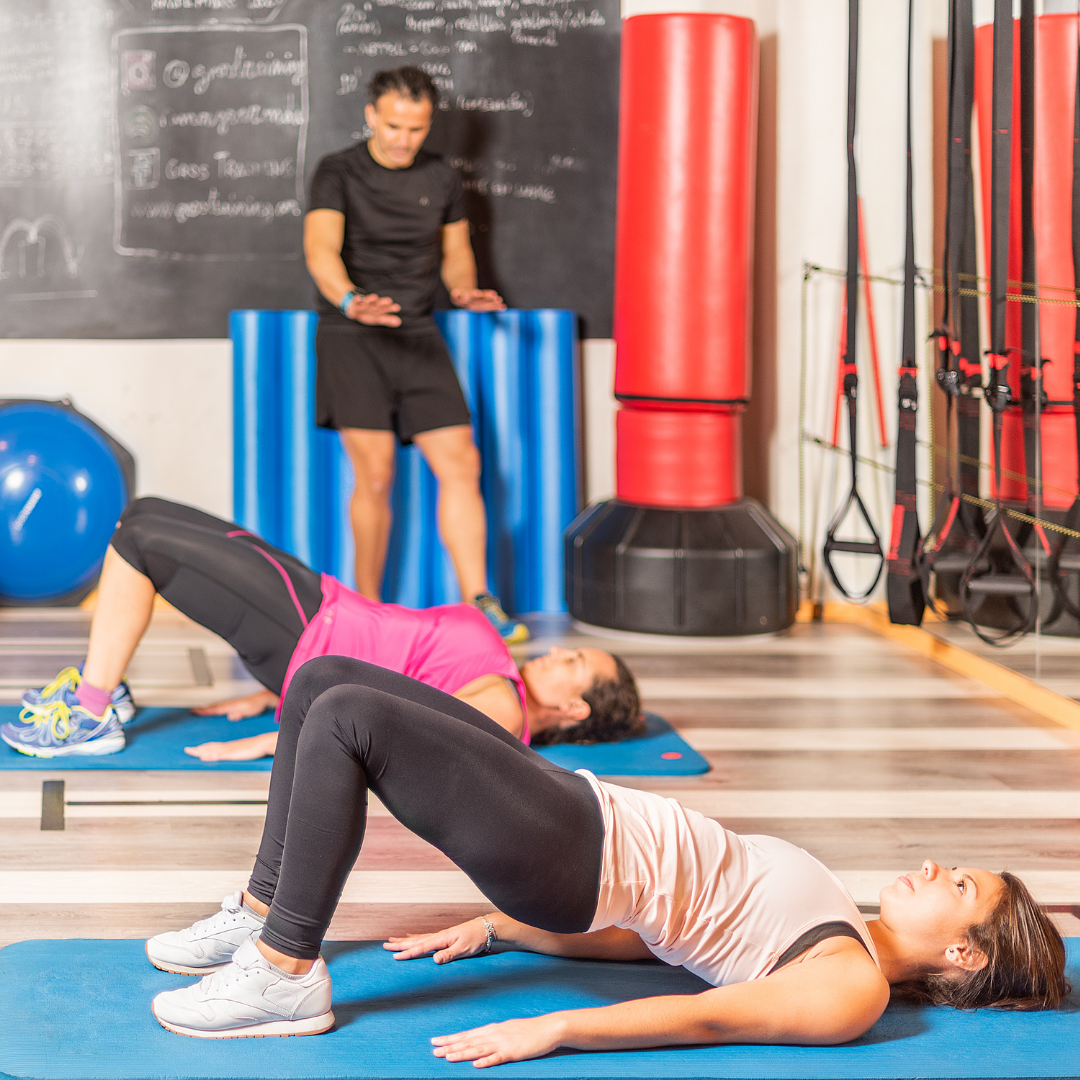Prostate health is important for overall health. As one of the largest organs in the body, the prostate gland is responsible for producing sperm, as well as regulating the flow of urine. When you sneeze or laugh, it’s the prostate that contracts, leading to that spontaneous urge. Essentially, the prostate plays a role in every single movement that you make.
This article will talk about the best pelvic floor exercises to manage your pelvic organ prolapse and/or stress incontinence. Presently, there are several exercises that are useful to help strengthen the pelvic floor muscles. Still, there are a number of reasons why several women do not perform these exercises properly.
What is Pelvic Floor?
A pelvic floor is a group of muscles and tissues that support the bladder and bowel and play a role in pelvic and abdominal organ function. It is a group of muscles that surround the pelvic organs and the anus. The pelvic floor muscles support the urinary and gastrointestinal systems and help maintain reproductive health.
The pelvic floor connects the organs in your lower abdomen to your legs. It’s pretty big, stretching from the base of your spine down to your tailbone. It’s important to keep it strong and flexible, but most people don’t know how to use it.
The pelvic floor is one of the most important muscle groups in the human body. It is the final connection in the urinary, digestive, and reproductive systems. It is a group of muscles that contains a variety of muscles, including the pubococcygeus, transverse abdominis, and anal sphincter. The pelvic floor is made up of muscles surrounding the bladder, uterus, rectum, and vaginal wall.
The pelvic floor muscles are muscles of the inner body. They are the muscles that hold the pelvic organs in place. The pelvic floor muscles are also called the pelvic diaphragm or pelvic floor. They are vital for urinary function, bowel function, sexual function, and they are needed to support the weight of our entire body. The pelvic floor muscles are also used to support the uterus during childbirth, control the menstrual cycle, support the bladder, and control bowel movements.
If you experience pelvic floor dysfunction or issues with bowel or bladder control, common symptoms include pelvic pressure and pain. Seeking help from a specialist who can offer Pelvic Floor Therapy Brooklyn (if that’s where you live) can provide personalized treatment to address your specific needs and improve pelvic floor function.
Furthermore, it is worth noting that exercises could also help gain back pelvic floor strength, and sometimes even sexual activities may also be useful. For instance, masturbation and self-stimulation can help strengthen the bladder and pelvic muscles due to the contractions that one experiences when climaxing. Trying these types of solutions with the help of stimulating content like videos on Sex Movr or similar sites can also assist to reduce pelvic floor dysfunction and improve the functioning of the reproductive system.
Here are five pelvic floor exercises that will benefit you:
- Bridge
- Bird dog
- Squats
- Kegels
- Split tabletop
You may not know it, but some bridges are specifically designed to work your pelvic floor. If you have never done a bridge before, it’s possible you are not aware of the importance of the pelvic floor muscles. You may already be aware of the importance of your glutes, hamstrings, quads, abs, etc., but perhaps your thighs are not as strong as they should be. What’s more, many of these muscles are not visible, so it’s hard to see if they are working effectively. The result is that your pelvic floor may not be performing to its optimal capacity.
The pelvic floor is a hammock of muscles, ligaments, and fascia that supports the bladder, uterus, and rectum. It also supports the male and female reproductive organs and acts as a support system for the lower abdominal organs. However, the pelvic floor can become weak and may cause pain in the pelvic area. The pelvic floor muscles work in several ways: To hold in urine and gas, to support to move and support your organs, and to support proper continence. For this reason, it’s important that you take care of this muscle in order to improve your health and well-being.
Maintaining a regimen that includes pelvic floor muscle exercises should be prioritized as many people are prone to developing urinary issues as they age. These would include problems such as mixed incontinence, voiding dysfunction, UTIs, and many more. Considering the fact that it could cause mental health issues in addition to physical discomfort, it would be advisable to gain prior knowledge on the matter so that you better prepare yourself to face and solve the problems effectively.
Pelvic floor exercises are an effective way to help restore and support your pelvic floor muscles (often referred to as “core” muscles) and the strength and function the pelvic floor supports.
One of the more popular misconceptions about pelvic floor exercises is that they are uncomfortable. If you are just starting out, it’s best to start with the easiest exercises and work your way up to more challenging ones, over time. If you are already experienced in doing some exercises, try some of the more challenging ones.
